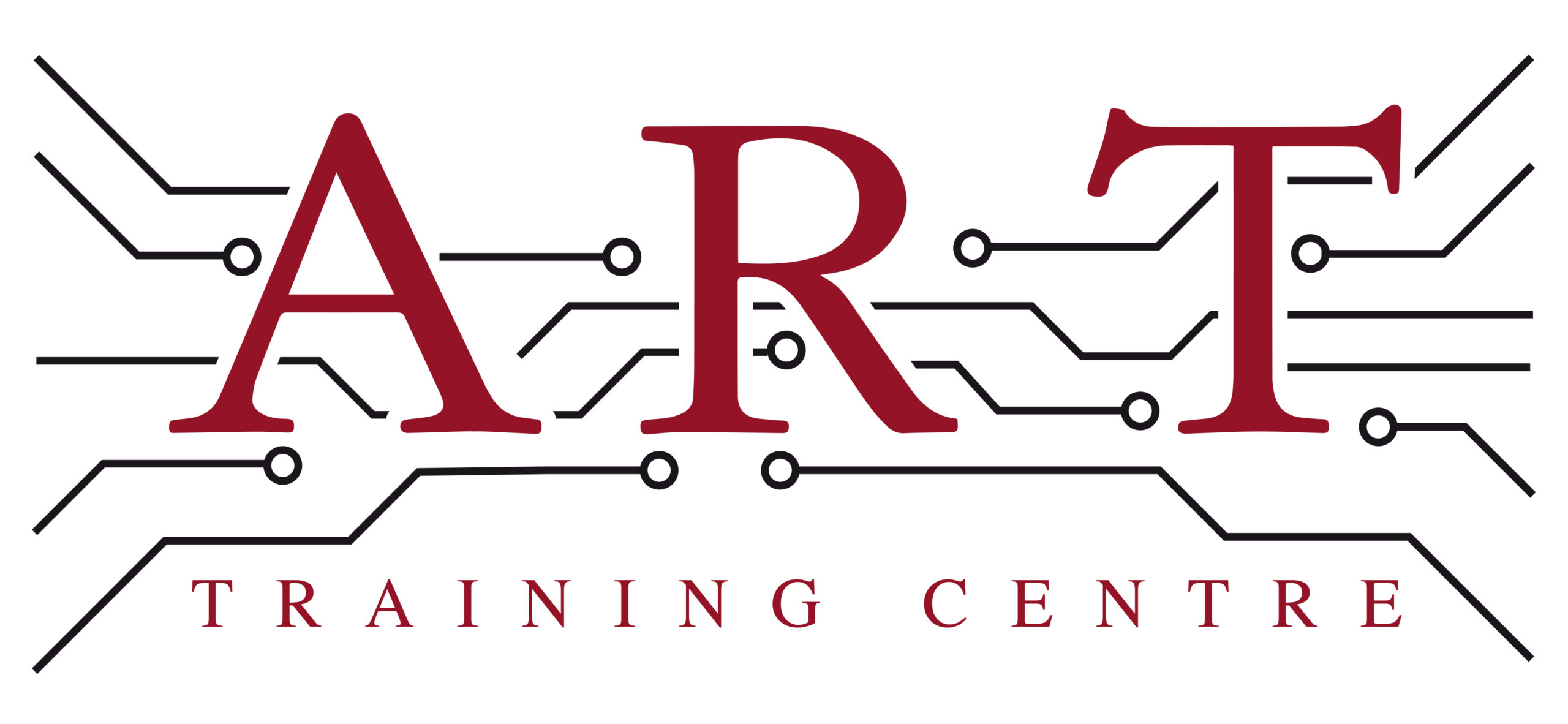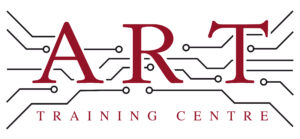Definition
QFP stands for Quad Flat Package, which is a type of surface-mount integrated circuit package. It features leads on all four sides and is designed for high-density circuit board applications. QFPs are commonly used in electronics manufacturing due to their compact size and ability to accommodate a large number of pins, making them suitable for complex devices.
How It’s Used in the Industry
In electronics assembly, QFPs are mounted onto printed circuit boards (PCBs) using surface mount technology (SMT). The process begins with applying solder paste to the PCB pads where the QFP will be placed. The QFP is then positioned accurately using automated pick-and-place machines. Once placed, the assembly undergoes reflow soldering, where heat is applied to melt the solder and create strong electrical connections. For technicians, understanding QFP handling is crucial, as improper soldering can lead to defects, impacting device performance. Mastery of QFP assembly techniques is essential for both new trainees and seasoned professionals to ensure high-quality electronic products.
History & Origins
The QFP became common in the late 1980s as electronics manufacturing shifted towards miniaturisation and higher integration of components. Early adoption was driven by the demand for compact devices in consumer electronics, telecommunications, and computing. The development of industry standards, such as IPC/JEDEC guidelines, helped establish best practices for handling and assembling QFPs. Advancements in soldering technology and PCB manufacturing processes further solidified the QFP’s role in modern electronics.
Variations
There are several variations of QFPs, including the Thin Quad Flat Package (TQFP) and the Low-Profile Quad Flat Package (LQFP). The TQFP is thinner than standard QFPs, making it suitable for applications where space is limited. In contrast, the LQFP offers a lower profile, which is advantageous for low-height designs. These variations differ primarily in dimensions and thermal performance, allowing engineers to choose the best option for their specific application needs.
Modern Applications
Today, QFPs are widely used in surface mount technology for various electronic devices, including smartphones, computers, and automotive systems. Their compact design allows for high-density assembly, which is essential in modern electronics production. QFPs are also relevant in professional training, as understanding their assembly and inspection is critical for maintaining quality and reliability in manufacturing. Compliance with IPC standards ensures that QFPs meet industry requirements for performance and durability.
Practical Tips & Training
When working with QFPs, it is essential to use appropriate soldering techniques to avoid damage. Inspecting solder joints visually or with magnification tools can help identify defects early. Safety precautions, such as using anti-static wrist straps, are crucial to prevent electrostatic discharge damage. Structured training and certification in electronics assembly processes are invaluable for mastering QFP handling and ensuring adherence to industry standards.


